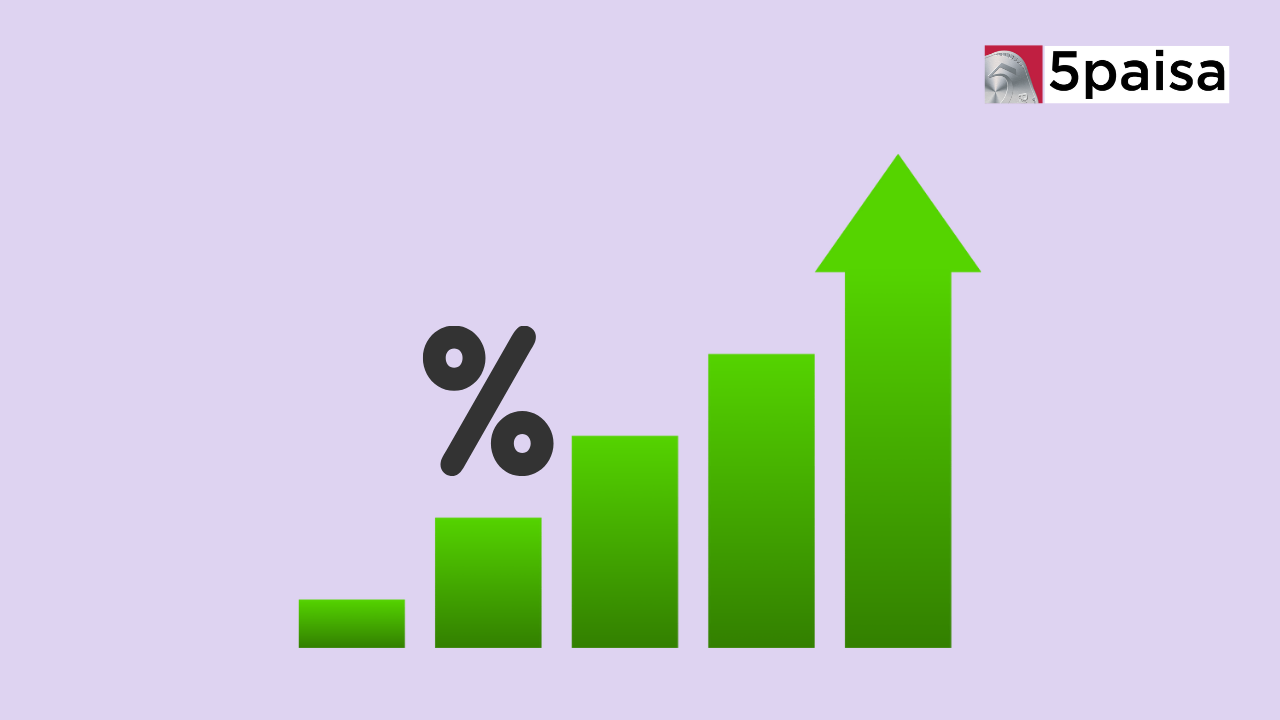Top Growth Stocks Trading at a Discount
India's household savings are falling and debt is rising. Is it cause for concern?

Last Updated: 15th December 2022 - 03:54 pm
India has been known to be a country of savers, and has traditionally had one of the highest saving rates among large economies, comparable to China.
But new data with the Reserve Bank of India (RBI) shows that the country’s household debt has topped the Rs 83 trillion mark.
The liabilities of households rose by Rs 6 trillion in 2021-22 to Rs 83.65 trillion, the data shows. This was even as household debt as a share of GDP came down from levels of 39.3% in 2020-21 to 35.3% in 2021-22, according to a Financial Express report.
So, what does this rise in liabilities suggest?
The report says that the rise in the liabilities suggests people may have borrowed to spend on basic needs such as medical expenses during the pandemic and also to pay off any past loans. They believe some of this was probably due to the deteriorating financial position of the MSME sector — small and medium units — which account for a big share of households.
The levels of debt, economists said, while not alarming, are nonetheless higher than the pre-pandemic levels. The debt levels should be watched because interest rates have risen sharply over the past six months, whereas the economic environment has not seen a very big improvement.
How far down are the net financial assets of households?
In an expected trend, the net financial assets of households fell to 8.3% of GDP in FY22 from 12% in FY21. As experts have pointed out, consumption was constrained during the pandemic by limited mobility, and consumers were compelled to save.
With life more or less back to normal in the second half of 2021-22, the spends too normalised with pent-up demand being released. This is clearly reflected in the numbers with assets falling by `6 trillion or 19% over 2020-21.
So, have actual savings also fallen?
Yes, the FE report says as much and adds that economists are somewhat concerned about the sharp fall in savings in 2021-22. The MSME units were badly hit by the pandemic and were under tremendous financial stress.
Economists believe that some of the fall in savings could have been the result of MSMEs dipping into their savings at a very difficult time, when not enough jobs were generated and incomes too may not have risen.
How has the composition of savings changed in the recent past?
The report says the composition of savings changed in 2021-22 with households moving more money into equities and mutual funds and away from bank deposits.
Total bank deposits in FY22 fell to Rs 6.53 trillion or 33% of net financial savings; in the previous year, banks deposits stood at Rs 12.2 trillion and accounted for as much as 51.3% of total savings. The share of money invested in mutual funds and equities went up to 10.63% in 2021-22 from 4.32% the year before.
Trending on 5paisa
04
 5paisa Research Team
5paisa Research Team
Discover more of what matters to you.
Indian Stock Market Related Articles
Disclaimer: Investment in securities market are subject to market risks, read all the related documents carefully before investing. For detailed disclaimer please Click here.
 Sachin Gupta
Sachin Gupta Ruchit Jain
Ruchit Jain




